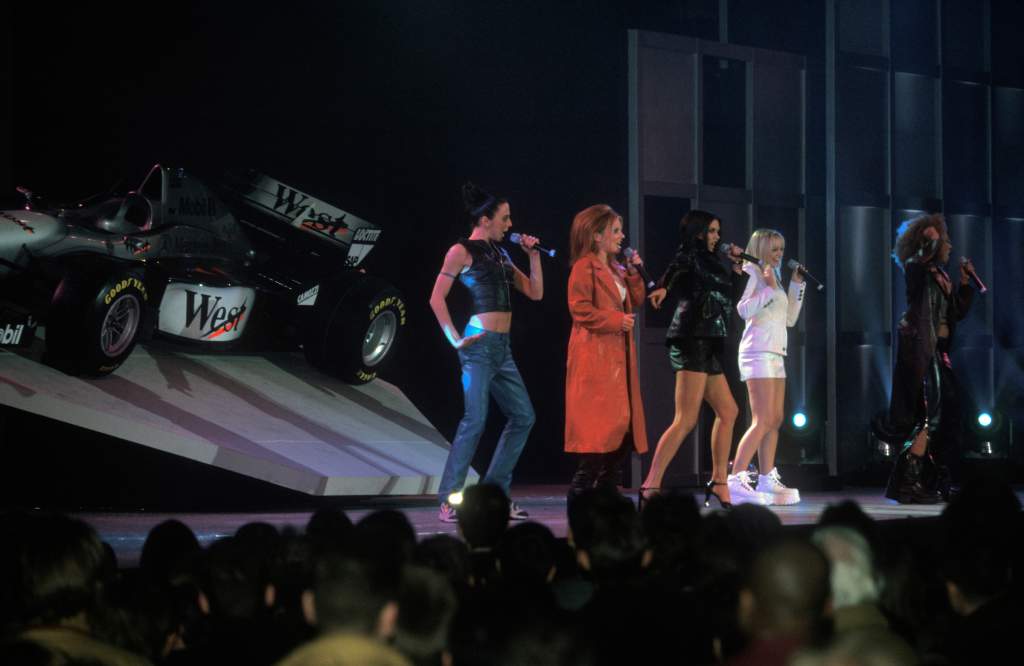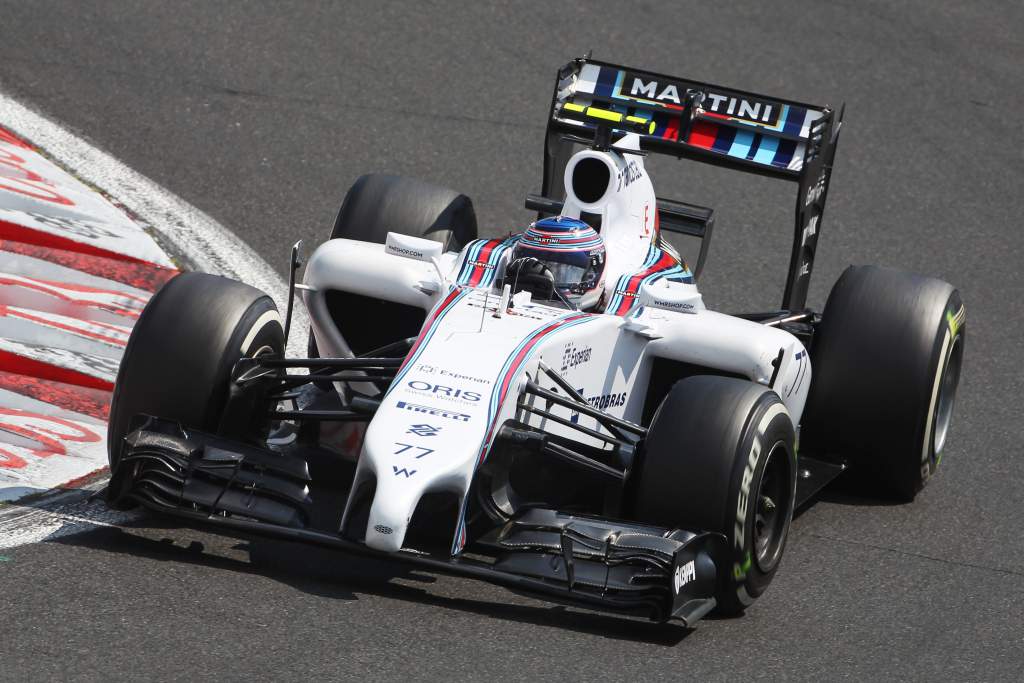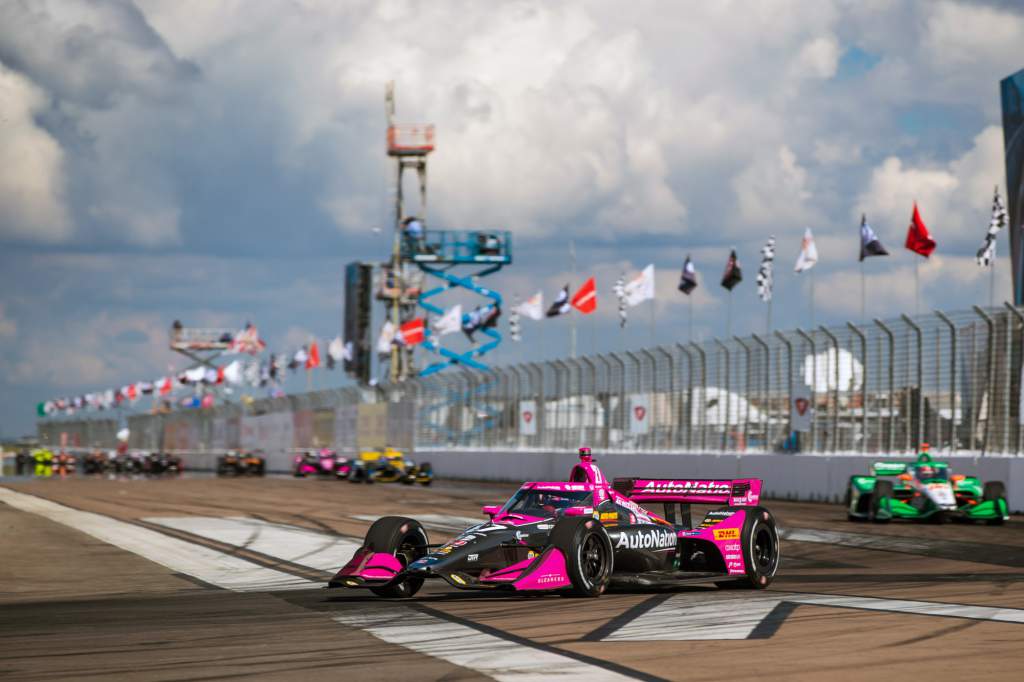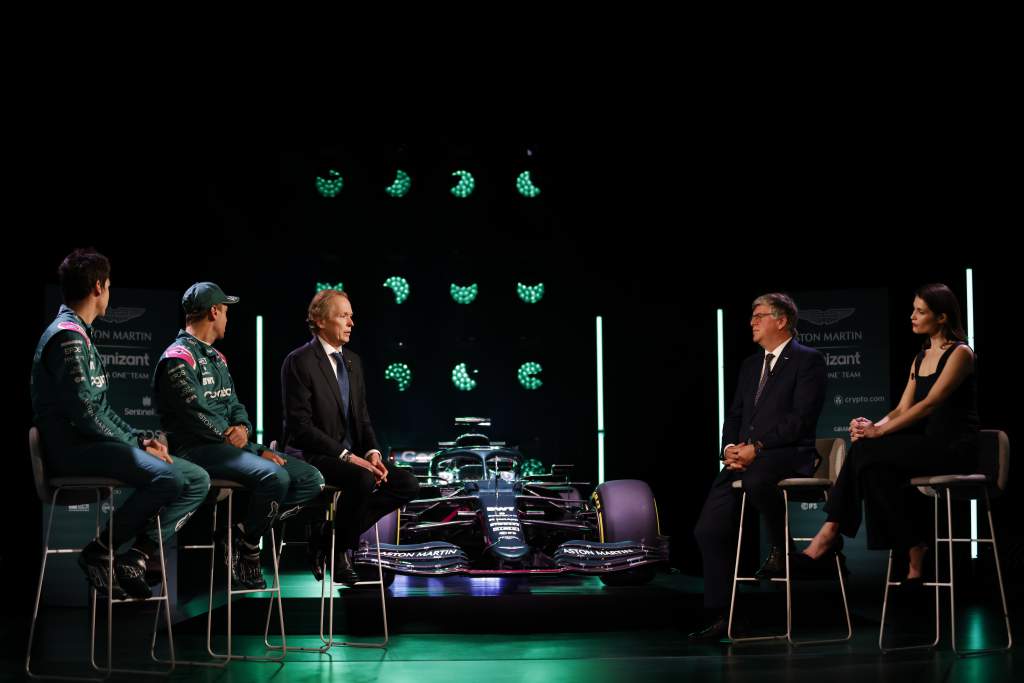Up Next

It’s February 13 1997, the venue is North London’s Alexandra Palace.
The occasion is the launch not just of a new racing car but the start of a new era where the dayglo red hues of what was Marlboro McLaren are to be replaced with the silver grey and black tones of what will become Reemtsma Tobacco’s West McLaren Mercedes Formula 1 team.
Mika Hakkinen and David Coulthard look on bemused as the Spice Girls, the UK’s biggest pop stars, take centre stage.

Among the glaring lights and booming sounds, it would be easy to forget the purpose of the evening’s entertainment – the launch of the McLaren MP4/12, which paved the way for the team’s return to world championship success the following year.
With tabloid newspapers and the morning television news carrying images and reports of the launch front and centre, the tobacco executives pointed to a job well done, regardless of the eye-watering seven figure costs of staging the launch of the West McLaren Mercedes era.
In those days, with tobacco on an unchecked trajectory towards European and worldwide advertising restrictions, Formula 1 provided the leaf barons with one last hurrah before the shutters came down.
For tobacco in the 1990s read betting in the 2020s, as social unacceptance triggers legislation to restrict and to thwart industry marketing messages.
Since the heady days of tobacco, Formula 1 has failed to attract the really big-spending sponsors with large global activation budgets that make us all sit up and take notice.

Post-tobacco, the banks led the way with major sponsorships – see ING (with Flavio Briatore’s Renault team), RBS (with Williams) and Santander with Ferrari (and McLaren).
Since then, there has been very little in terms of front-and-centre sponsors paying proper title sponsorship fees. The recent BWT, DP World and Martini deals would have been laughed at in the 1990s and early 2000s in terms of sponsorship fee size and activation budget dollars.
But what’s the issue here? Are F1 commercial teams failing to set out a sufficiently compelling proposition to lure big marketing dollars?

Is Formula 1 still attracting a sufficiently sizeable audience with the right profile to justify big sponsorships?
Or has the media landscape changed with digitalisation to become so fragmented and so click-through quantifiable that brands prefer to spread their marketing dollars over a number of different properties to attract their desired demographic?
In truth, the answer is probably a combination of each one of these points. Leaving aside Lawrence Stroll’s revitalised Aston Martin F1 team (of which more later) and with the exception of the hard-working men and women at McLaren, I don’t see the invention, creativity and commitment from F1 commercial and marketing teams to address an ever-changing world that demands a unique approach to marketing its products or services.
Recent F1 proposals that I have seen still follow a prosaic approach and focus on the sticker size on the car, how many hospitality passes are issued and offer a bunch of rights that many partners could never practically use.
The F1 commercial teams are not helped by archaic FIA legislation that demands that the two team cars must be presented in substantially the same livery at each race of the season “to avoid the public from being confused”.
Personally, I’ve never heard that NASCAR and IndyCar fans are getting confused by livery changes. They know that the #27 Andretti Autosport Dallara-Honda is being driven by Alexander Rossi regardless of whether the car is in the blue/yellow colours of NAPA or the pink/grey hues of Auto Nation.

So why do F1’s rulemakers stifle the commercial teams’ ability to think out of the box and to get creative?
Imagine if Ferrari was permitted for one race to turn its cars pink in deference to a multi-million dollar sponsorship and corporate social responsibility deal from Swedish fintech giant Klarna, which perhaps coincided with breast cancer awareness day. Now that would be some launch.
It’s also true that Formula 1 is failing to deliver the audience demographic sought by many brands that want to address a younger demographic than F1 currently attracts.
But that’s not true for all brands, and through smart activation and creativity those audiences can be targeted with the lure of Formula 1 and the imagery of racing driver heroes.
What is hurting F1 now is quite simply choice. The proliferation of digital channels and the way content is consumed, particularly in short-form, does not sit well with races lasting 100 minutes or more which require an appointment to view to understand the complexity of the F1 rules, the absurdity of the tyre regulations and predictable performance and results.
Put simply, targeted consumers with disposable incomes have moved on from Sunday afternoons watching television sets to being (in a pre-pandemic world) free to engage in whatever form of media they want at the time that suits them or to spending time in pursuit of their own healthy lifestyles.
This means that if you are controlling a sizeable marketing budget you are going to be unlikely to place your sponsorship budget bet on one single platform.
So, scroll forward to the 2021 F1 launch season and putting aside the obvious COVID-19 issues, F1 car launches are very corporate, nondescript affairs where nothing new is learnt and the major players go out of their way to downplay chances, hide any technical secrets and to spout fluff about nothing. Not exactly Spice Girls territory is it?

It’s taken the vision and balls of someone from outside of the traditional F1 world to change and improve things within F1 and right now you have to admire the way Lawrence Stroll is going about building his F1 team.
In a few short years, Stroll senior has moved his Silverstone team from administration and the dark clouds left by Vijay Mallya to being a premium marketing asset that uses the lustre and brand equity of a British automobile icon to attract premium partners.
His commercial team is delivering well against the platform that he has created for it but these days it will be a multi-partner approach across a wide spectrum of brand sectors that wins the day for all of the reasons previously outlined.
In a post-COVID world, it’s not difficult to imagine the 2022 Aston Martin F1 car being rolled out to an expectant high society audience at Goodwood or the Royal Albert Hall.
But perhaps the entertainment will be more Katherine Jenkins than Geri Halliwell and covered extensively in the Tatler rather than The Sun…





